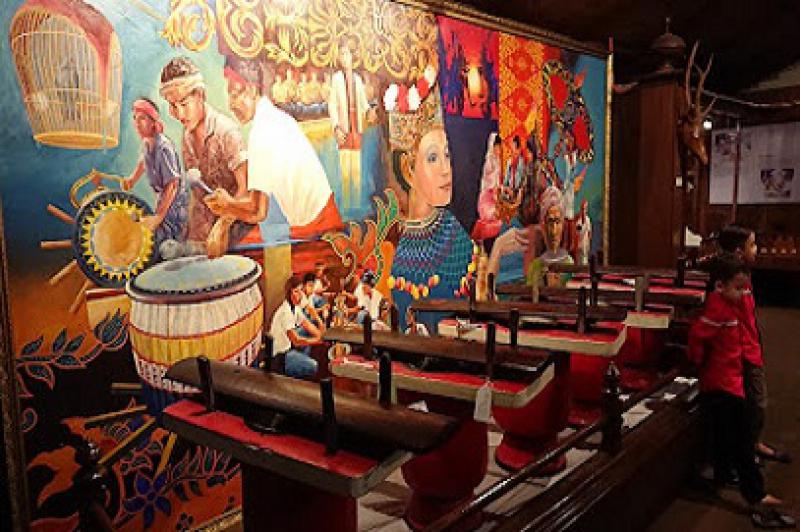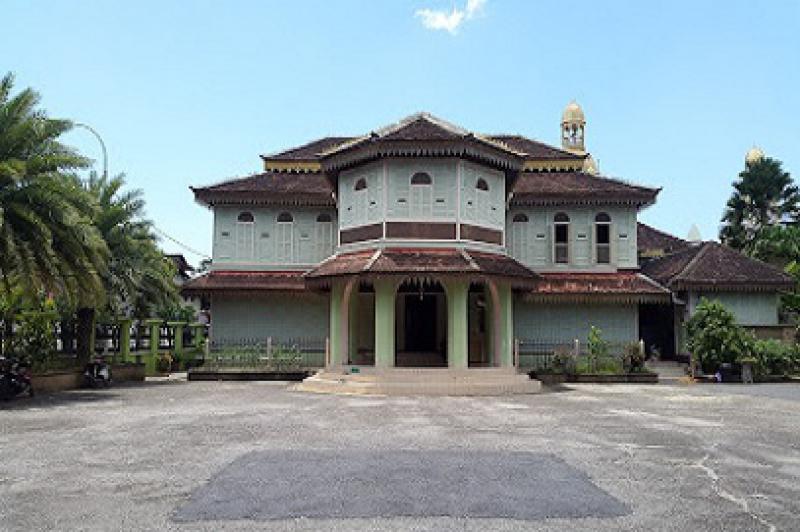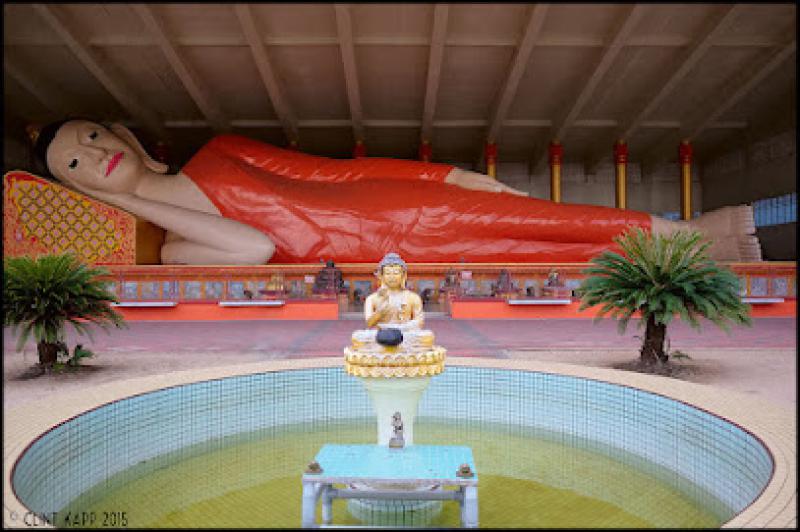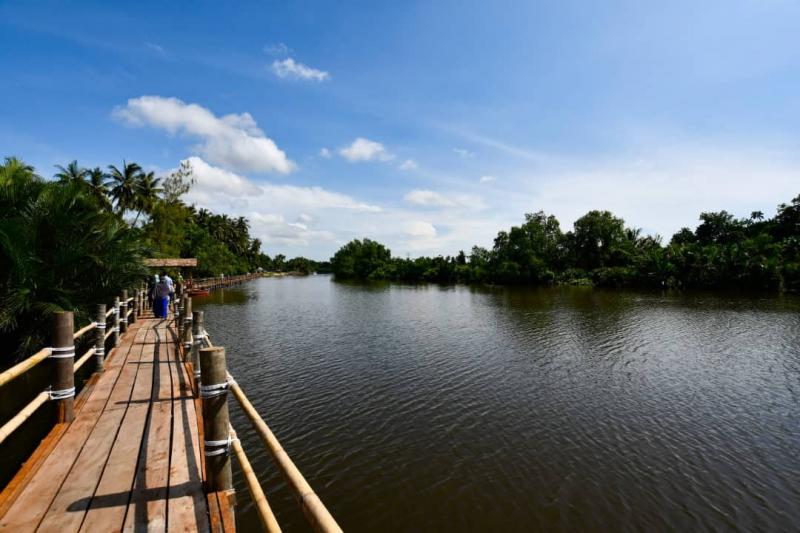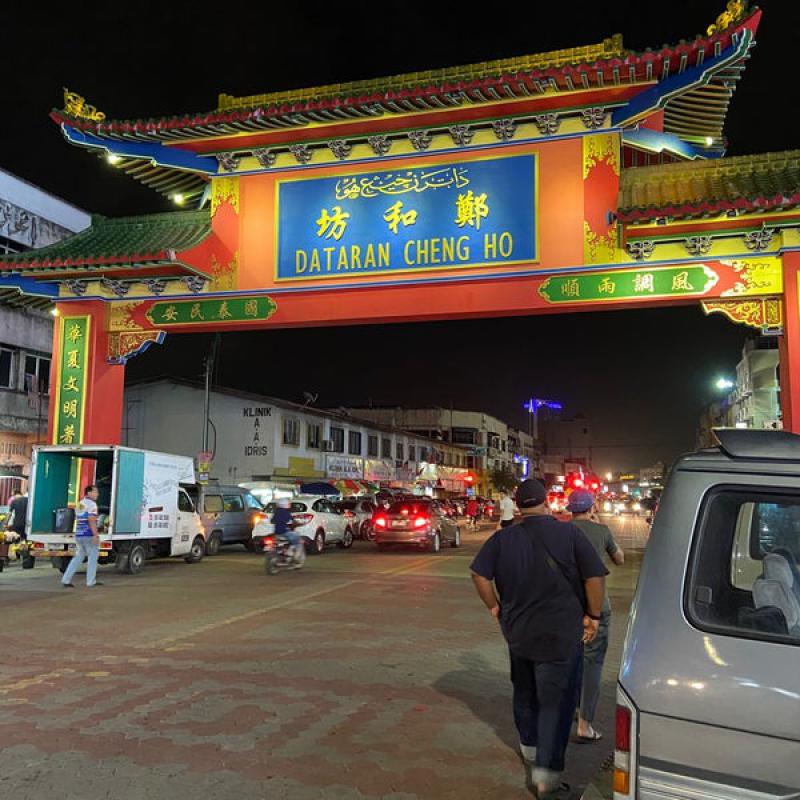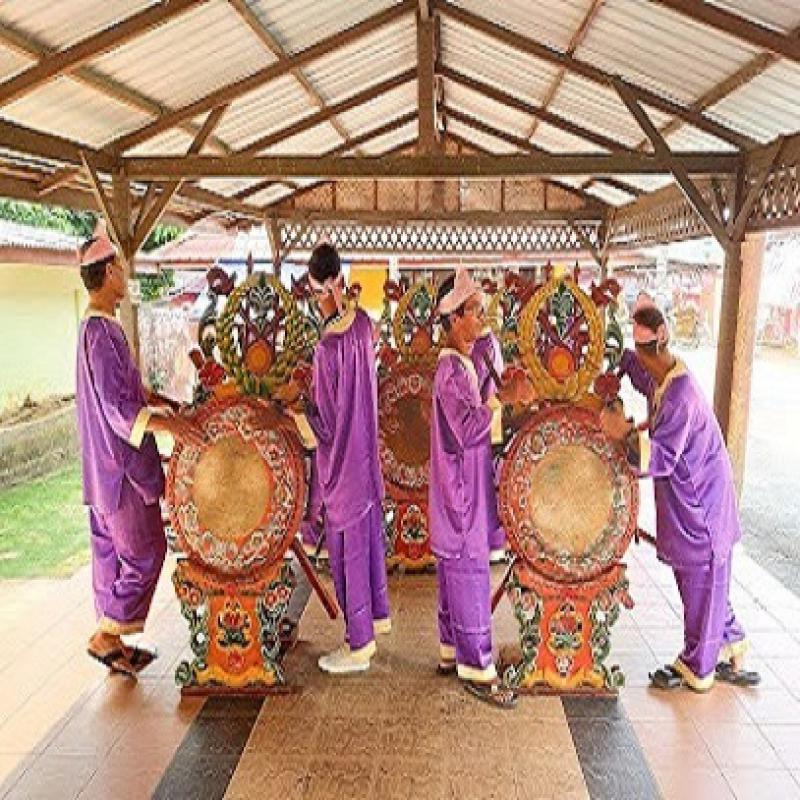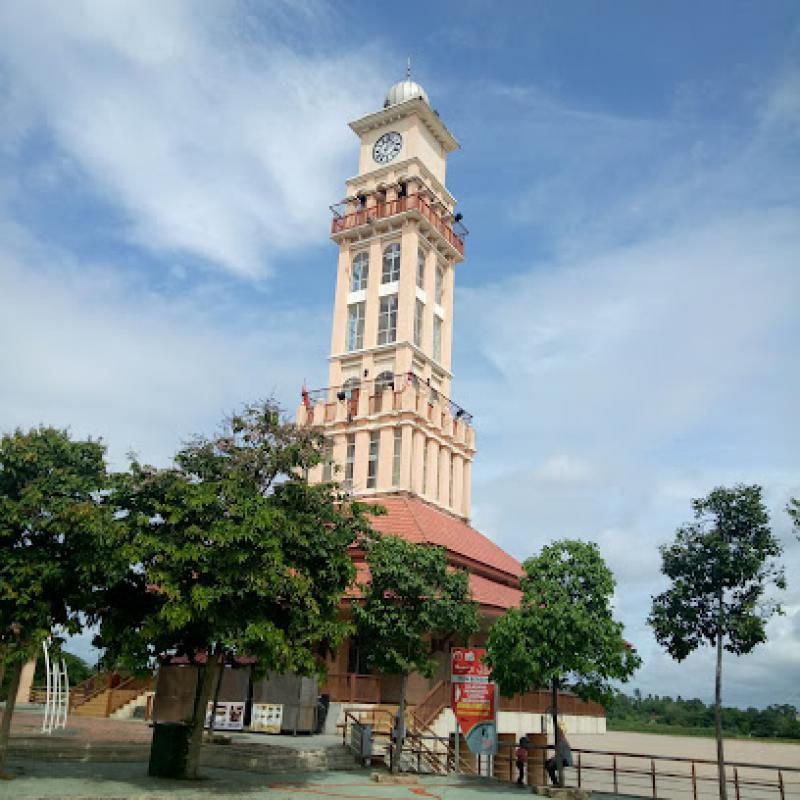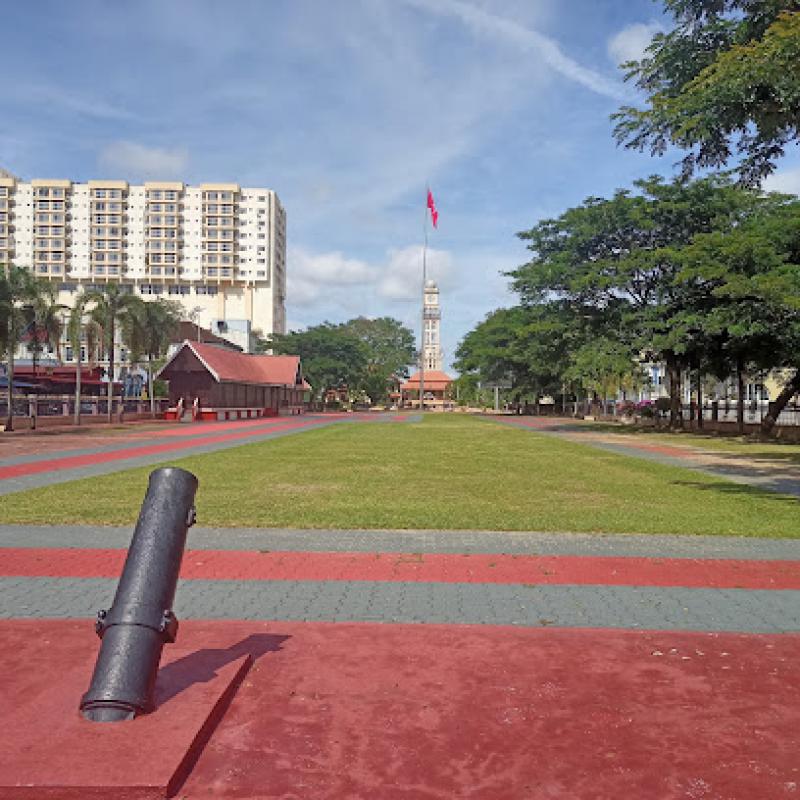Attractions
Places of Attraction, Shopping and SurroundingKelantan State Museum
During colonial times, this structure served as the location of the Land Office until 1990, when it was renovated and converted into the Kelantan State Museum. The paraphernalia linked with Kelantan's traditional art is one of the most interesting exhibits here. Documents and artefacts connected to Kelantan's arts, crafts, and musical traditions are kept in this museum. You can look through exhibitions of ceramic artefacts that show the presence of trade links between Kelantan and China. There are also artefacts from local archaeological sites, such as those unearthed along the Nenggiri River.
Muzium Islam
This building was originally constructed in 1902 as a residence for Kelantan's Chief Minister, Encik Hassan bin Mohd Salleh, who served from 1900 to 1920. The building was built of the highest quality tropical hardwood species known locally as cengal, in keeping with his high ranked status (neobalanocarpus heimii).The building has been rebuilt and upgraded several times, first in 1917 when the Majlis Agama Islam Kelantan (Kelantan Islamic Council) turned it from a dwelling to an office and school, and again in 1962, 1991, and 2007. After the Council left the building and it was converted into the Islamic Museum in 1991, it had a massive renovation.
Wat Phothivihan
The abbot Phra Krurasapia Chakorn founded the temple in 1973, and it attracts thousands of Thai pilgrims each year. Since its construction in 1975, the temple has housed a 40-metre statue of a sleeping Buddha, which is considered the state's largest and longest. The statue was one of two reclining Buddha statues in Malaysia when it was completed in 1979, and it was also the largest in Southeast Asia until it was overtaken by the 66-metre monument in Myanmar's Chaukhtatgyi Buddha Temple.
Denai sungai pengkalan Datu
Pengkalan Datu River Trail, Kubang Kerian, is one of the National River Trail (DSK) rental projects located in the state of Kelantan to translate the National Environment Day and World River Day 2020 celebrations. The almost one kilometer long trail starts at the back of Hospital Universiti Sains Malaysia (HUSM) and goes through the mangrove forest area around Min House Camp, Kubang Kerian.
The China-Town of Kota Bharu
Exactly as the headline suggests. This part is a sliver of land set aside mostly for the Chinese people. With a diverse range of food offerings ranging from dried foods to hawker stalls and traditional coffee shops/houses, you'll be spoilt for choice. Allow yourself some time to meander along Jalan Kebun Sultan and experience the delights of local specialties with a tint of Siamese touch in all of their food. You won't be sorry for taking a trip down KB's famous food street.
Cultural Centre
The Cultural Centre is the town's cultural centre and the place to go for a taste of Malay tradition in this region. Top spinning, silat martial arts demonstrations, and kite manufacturing are among the activities available for free. You'll also be able to participate in the chicken-feather-ball game, which is suitable for people of all ages.
Menara Jam Tambatan Diraja
Menara Jam Tambatan DiRaja is a relatively recent tourist attraction in Kota Bharu. The building is approximately 150 feet (45.7 metres) tall and has a large clock on top. The Royal Clock Tower was developed in collaboration with the Malaysia Ministry of Tourism by MPKB-BRI (Majlis Perbandaran Kota Bharu – Bandar Raya Islam). You can climb to the top of the tower for a small fee to enjoy a beautiful view of Kota Bharu, particularly the Independent Square (Padang Merdeka), often known to locals as Padang Bank. It is open to the general public from dawn to dusk.
Padang Merdeka
Merdeka Square (Padang Merdeka) in Kota Bharu, Kelantan, is an open public space. It was also known as the Independence Field, and it was here that Malaya declared independence on August 31, 1957.Merdeka Square was built on reclaimed ground. In the nineteenth century, it was home to a floating market. The region was reclaimed when Sultan Muhammad II built the Grand Palace of Kota Bharu in 1844. Padang Kelupang was the name given to it at the time.It was also known as Padang Pitis and Padang Bank for a short time at the turn of the century, in allusion to the Bank Pitis erected by Sultan Muhammad III.

